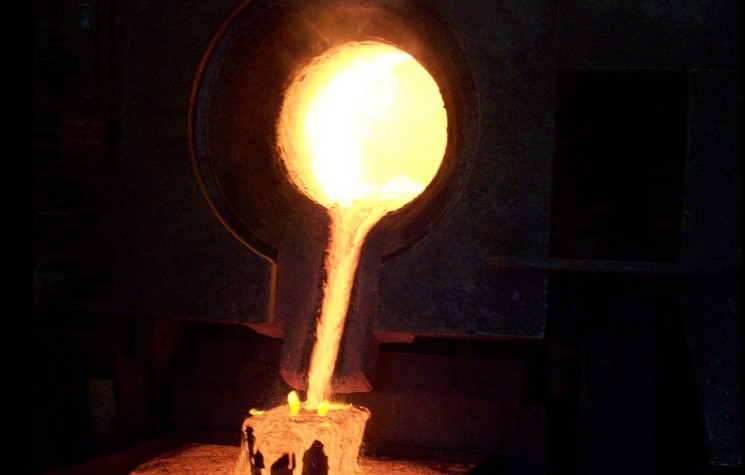What Will 2015 Have In Store For Commodities Prices?

By Alastair Ford
If you are a miner with a product to sell, or even if you’re an explorer simply hoping to have a product to sell one day, there seems little doubt that 2015 is opening on a fairly downbeat note.
The gold price remains hidebound at under US$1,200 per ounce, silver is correspondingly weak, platinum remains an underperformer in spite of the supply side shocks of the previous year, and the base metals, with one or two exceptions, are all subject to the effects of a slowdown in the rate of Chinese growth.
According to the latest estimates, China is likely to book growth of around 7.4 per cent for 2014, the slowest rate recorded since 1990. That, said commentary published in the Daily Telegraph today, marks “a turning point for the global commodities industry as a whole”.
Certainly, the effects of that slowdown in growth have not been slow in coming. The iron ore price has collapsed, coal prices are on the floor, and base metals have suffered too.
But wait. Growth of 7.4 per cent is still growth. And we are not talking about an economy that is the same size as it was in 1990, the last time it was at this level. No, back then China was a World Power, but scarcely an economic one. Now it is. It is the second largest economy in the world, and it’s been growing at 7.4 per cent. Given that the world’s largest economy, the US, is also roaring back to life and is now comfortably back in growth, that’s not such a bad outlook.
It’s in that context that Morgan Stanley tries to inject some optimism to market commentary in recent commentary on the metals outlook for 2015.
“Commodity trades continue to report lower prices or generally signal weakness”, the bank’s analysts wrote in Global Metals Playbook: 2015 Outlook. “Market commentary is overwhelmingly bearish, focussing on implications of the price falls. Yes, China’s moderating demand growth is an important factor here. However, we see relentless supply growth to earlier higher prices as the dominant, fleeting drive. Once rebalancing occurs, opportunities will emerge in these markets.”
In other words, the iron ore price has fallen so sharply because when it was much higher miners big and small decided to crank out more of the stuff. Only now is it coming on stream and, perhaps predictably, prices are not where they were when the big expansion decisions were made.
There’s an added twist in the case of iron ore which bears some superficial similarities to what’s been going on lately in the oil market – namely that the big players don’t mind the recent big price falls (or at least that’s what they say) because it goes towards cleaning out lower margin competition. And what the majors lose on margin they can make up for on volume.
Having said that, the very fact that China’s growth has been so prolonged, so huge and so relentless, has implications for the type of demand that will be generated by the world’s second largest economy from here on in.
So, Morgan Stanley makes the following bold, and simple statement: “We like metals”.
Why? Obvious really. “China’s multi-decade materials-intensive growth cycle is maturing in a way that requires less bulks, more metals. China’s simple shift competes with the US metals demand growth story. With this backdrop, we prefer nickel, copper and zinc.”
Meanwhile, over at Macquarie, where they successfully called the bull run on nickel last year, the favourable outlook on nickel remains. And there’s a somewhat surprising addition. Oil and grain have both fallen in price, meaning that emerging market consumers are likely to have more disposable cash over the next few months. Historically, disposable cash has been allocated to gold in the absence of viable alternatives, and that could happen again.
Whether such a move into gold would be enough to offset movements at the macro level is another matter. But it does go to show that it’s naive to think of commodities as being priced as a group, even if they are all part of the same “asset class”.
This year could be a real mixed bag in terms of price performance.
Comments (0)